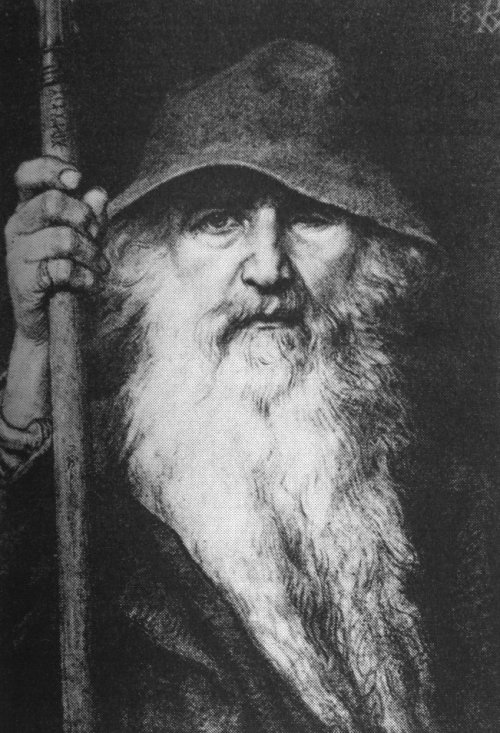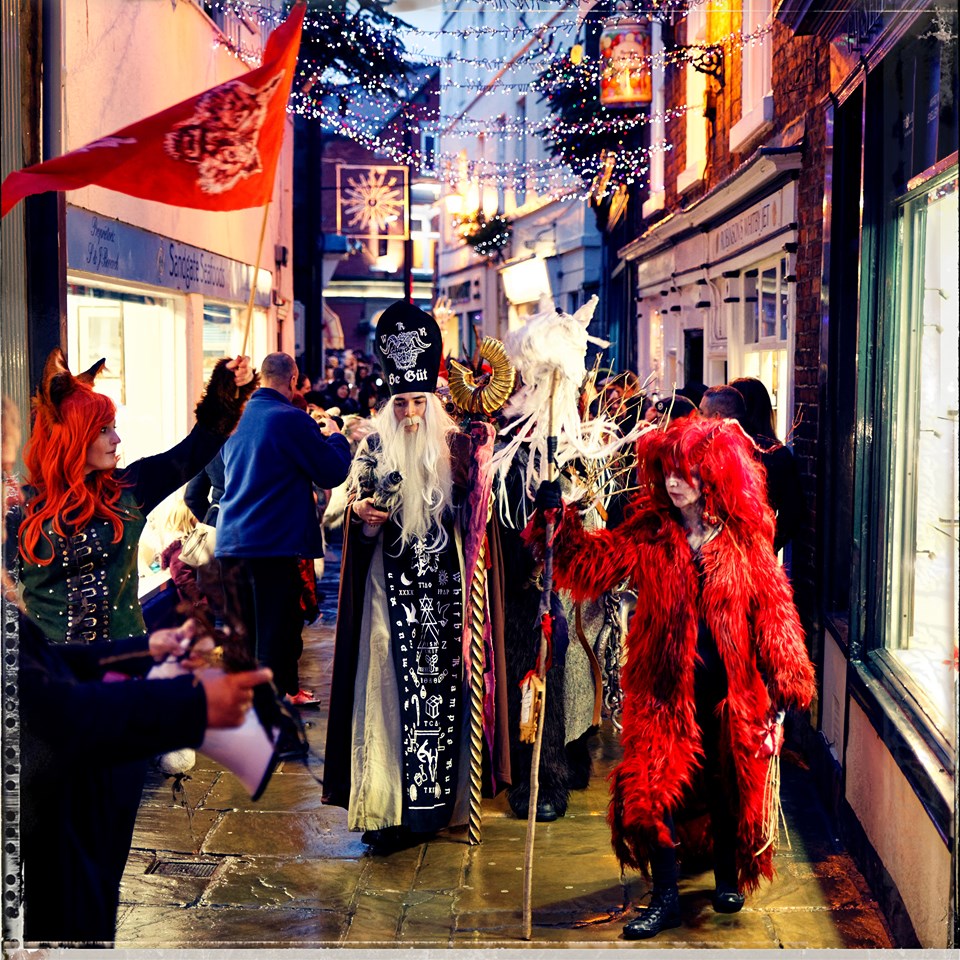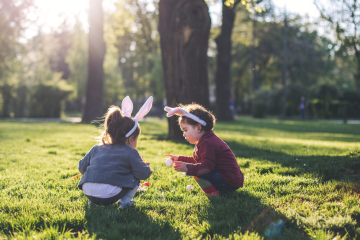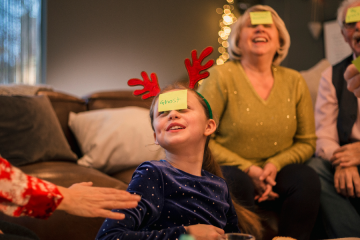Christmas is a time of traditions. So many of us have grown up with our own individual family’s traditions – those little things we feel we have to do every year, even if no one remembers why!
Even little traditions like when you open your presents. Is it at the crack of dawn or after dinner? Or do you wait till Boxing Day! I have heard that the longer you wait, the posher you are (we open ours at the crack of dawn, so we’re obviously not very posh at all.)
The Polish tradition of Wigilia
In Polish tradition, the celebrations start on Christmas Eve called Wigilia (Polish pronunciation: [viˈɡilʲa]). It starts with the appearance of the first star and lasts for three days. It’s believed that how you experience Wigilia will dictate the rest of the year, so people employ considerable effort to make it as joyful as possible.

Wigilia diner 
looking for the first star
This time of year always feels quite magical to me. I appreciate that may be because of the Christian traditions I have grown up with, but looking at other faiths and even going back to Roman and pagan times, there are a host of ‘celebrations’ and traditions synonymous with this season.
For those living in the northern hemisphere, the shortest day falls in the middle of December. Many pagan beliefs celebrated this as the turning point from the cold dark winter to the coming spring.
The Roman tradition of Saturnalia
The Romans celebrated Saturnalia during this time (17-24 December) which involved feasting, drinking and giving a gift in the hope of a bountiful harvest the following year.
We all know that that well-known fizzy drink influenced the modern-day view Santa with his red fur-lined coat, but did you know the concept of an old man with a long white beard, flying through the skies delivering presents to children also comes from Norse mythology?

Santa as we know him today 
Odin, in his guise as a wanderer,
by Georg von Rosen (1886)
https://en.wikipedia.org/wiki/Odin
From Odin & Sleipnir to Sinterklaas
Apparently, during the winter, Odin would ride an 8-legged horse called Sleipnir through the skies and kids would fill their shoes with carrots and straw and leave them by the chimney for Sleipnir to feed on. Then, Odin would fly by and reward the children with little presents in their booties.
This tradition continues today in Holland when Sinterklaas visits on 5 Dec (the same day of the feast of St Nicholas). Children leave a carrot in their shoes by the fire for Sinterklaas‘ horse and receive a present in return.
St Nicholas & Krampus
Also connected to the feast of St Nicholas is the Alpine legend of Krampus. This devil-like creature accompanies St Nicholas; whilst St Nic rewards good children, Krampus punishes the bad ones. Hollywood has made this figure more well known in recent years, and here on the Yorkshire Coast in Whitby; you can experience the spectacular Krampus Run – it’s definitely worth a trip to see the fantastic costumes alone.
However, you celebrate this time of year – whether it’s Rohatsu, Hanukkah, Solstice, Sinterklaas, Wigilia or Christmas, we wish you joy, peace and wellbeing from all of us at Love Yorkshire Coast.








